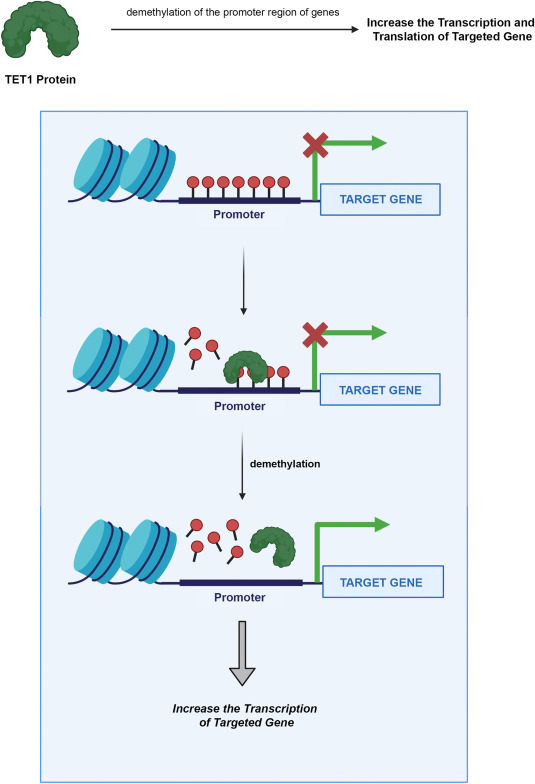
TET1: The epigenetic architect of clinical disease progression


The ten-eleven translocation 1 (TET1) protein, a member of the human α-ketoglutarate-dependent dioxygenase TET family, functions as a 5-methylcytosine hydroxylase with a strong affinity for genomic regions enriched with 5′-CpG-3′ dinucleotides, particularly CpG islands. TET1 is critical in initiating DNA demethylation and maintaining a balanced interaction between demethylation and DNA methylation, which is essential for genomic methylation stability and precise epigenetic regulation. By removing methyl groups from specific tumor suppressor genes, TET1 can influence their expression. This review summarizes the latest advancements in TET1 research, emphasizing its role in demethylation mechanisms and its significance in regulatory processes related to clinical conditions. TET1 is a crucial mediator of demethylation, although the precise details of this mechanism are not yet fully understood. Additionally, TET1 plays a key role in inhibiting tumor progression, but its effects vary across different tumors. This variability arises from its interactions with diverse signaling pathways, where it can function either as an antagonist or a promoter. The role of TET1 remains controversial in certain cancer types, and its potential oncogenic functions have attracted growing interest, opening new avenues for investigation.
